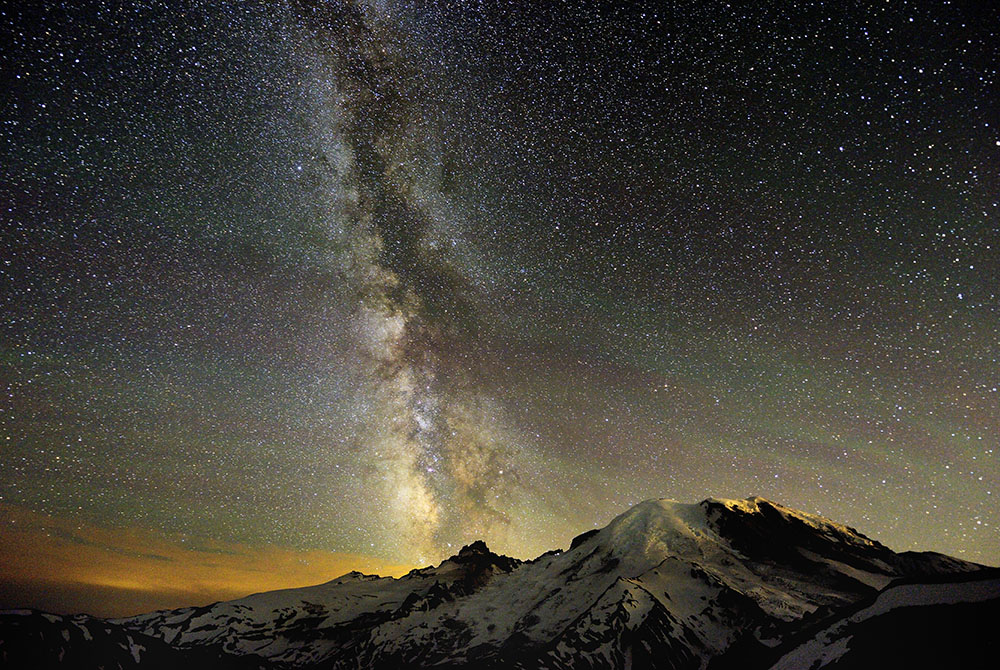
Detailed views of the night sky can only be found far from urban light pollution. (Paul Jeffrey)
Editor's note: This Season of Creation, join award-winning photographer Paul Jeffrey for "Lens on Creation" as he examines the world through the lens of his camera and his faith. Sign up here to receive Jeffrey's reflections in your inbox every Monday, Wednesday and Friday from Aug. 31 to Oct. 4.
"The heavens declare the glory of God; the skies proclaim the work of God's hands. Day after day they pour forth speech; night after night they reveal knowledge. They have no speech, they use no words; no sound is heard from them. Yet their voice goes out into all the earth, their words to the ends of the world."
Most people in the United States find it hard to understand these words from Psalm 19 because they can't see the stars. According to a 2016 study by an international team of researchers, light spilling out from U.S. cities means 80% of the population can't see the Milky Way at night.
To capture this image of the Milky Way over Mount Tahoma (also known as Mount Rainier) in Washington state, I had to drive two hours from my home and then hike three hours across rock and snow. I then sat shivering in the cold as it got dark and I waited for the galactic core to rise above the mountain. Far from considering the glory of God, I wished I'd worn warmer clothes. After midnight, I hiked in the dark back to my vehicle.
Unfortunately, viewing the Milky Way has become a privilege for those with access to dark skies. An effort is under way to reduce unnecessary urban lighting, as well as changing the color balance of the light in order to decrease its environmental impact. This affects not just stargazers, but also the habits of birds and other creatures that depend on the dark. For many of us, creation care can begin with switching off lights at night.
For reflection and action:
Look at NASA's rotating image of the Earth at night. What does it show about inequality in the world? What does it say about how humans use energy? How could you and your faith community take action to reduce the amount of light that escapes upward from nighttime lighting in your community? How would that reduce energy use?
[Paul Jeffrey is a founder of Life on Earth Pictures and lives in Oregon. You can follow him on Instagram.]
Advertisement






